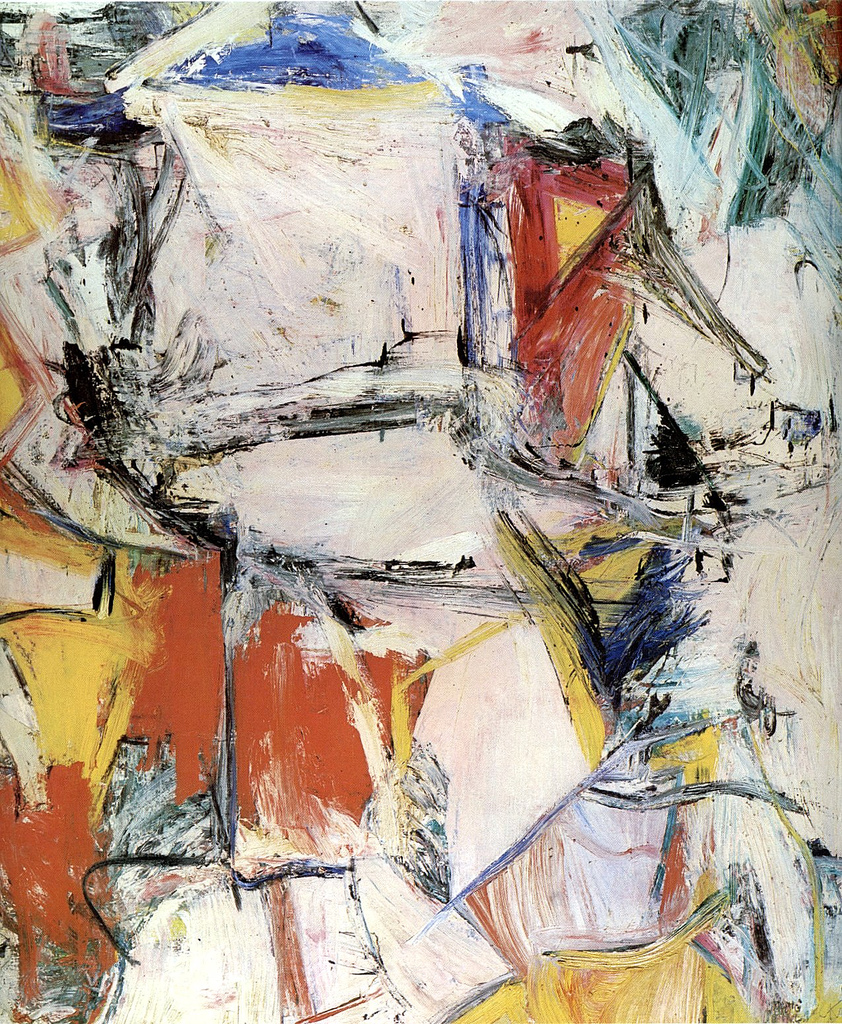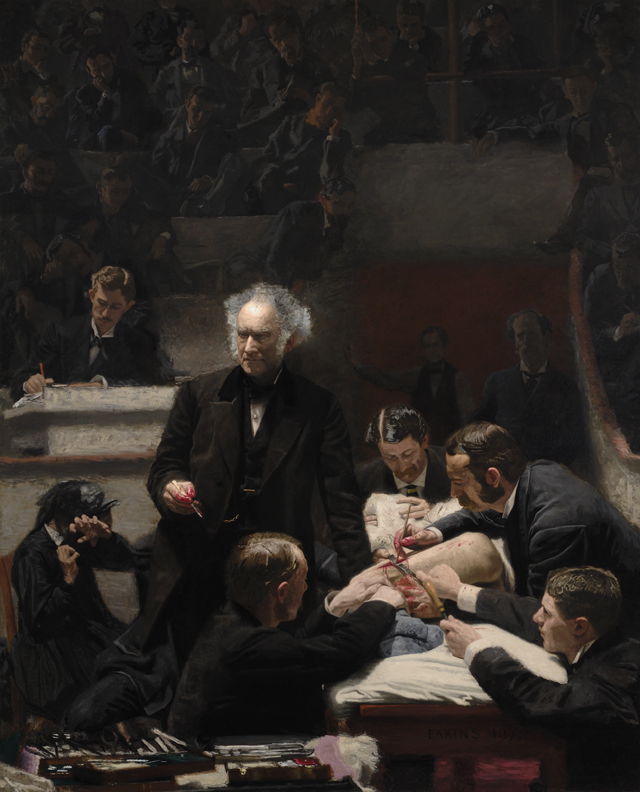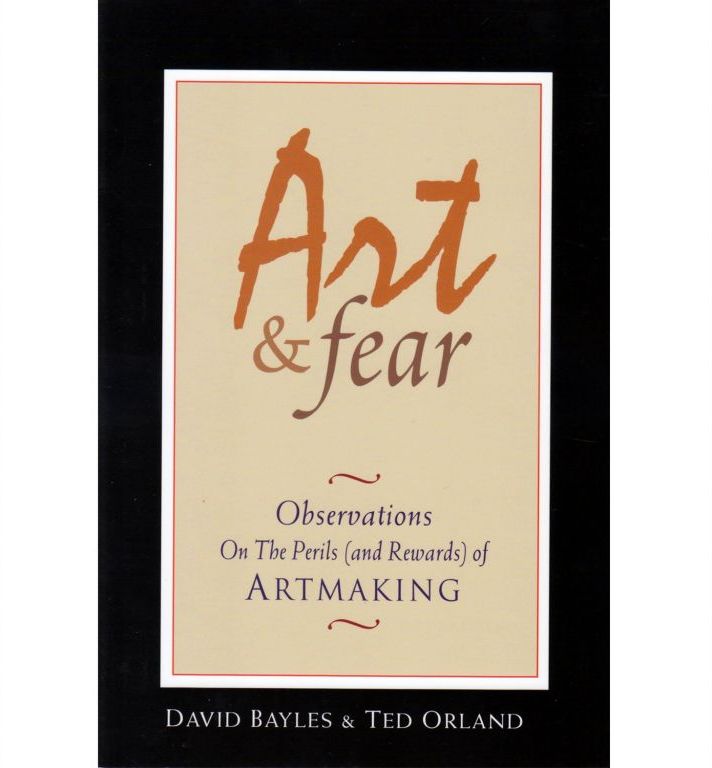| Willem DeKooning, "Interchange" 1955 Thomas Eakins, "The Gross Clinic" 1875 Paul Gauguin "When will you marry" 1892 | Economics and Art History The recent influx of Economics and Personal Finance in public education has inspired me to invent an on-going lesson that teaches both Art History and the important concepts of economics. The big idea in this lesson is that students engage in live auctions to collect famous artwork, earn equity, and maintain a healthy bank account. How It Works Once a month throughout the school year, we will engage in a live fantasy art auction. All students begin the year with a budget of 100 million dollars. As images are projected on the board, I will act as the auctioneer, identifying the work and explaining its significance in the history of art. After the work is identified, I will set the beginning bid price that is relative to the work's actual value in real life. The students then have the opportunity to bid on the work, keeping their available funds in mind. At the end of each auction, I calculate how much they spent and how much equity they earned or lost based on the work's actual value. Required Research Once a student purchases a work of art, he or she is responsible for creating a Google presentation that details the collection. This presentation must include 3 slides per work of art owned. Below are the directions per slide that all art owners must complete in the time between auctions (about 1 month). This Google presentation is a growing document that will stay with the student throughout his or her time in the DRHSART program. Slide One: This is the title slide that includes a high resolution image of the work, the artist's name, the title of the work, the date it was created, the art historical movement with which it is associated, and the nationality of the artist. Additionally, you must include the auction code in which it was bought. See the example below example: 2017-2 This would be the code for a work of art purchased at the 2nd auction of 2017. Slide Two: This is the research slide that includes a small image of the work, the identifying information from the first slide, as well as research information that is specific to the work of art. Provide the context of the work in art history and stories associated with its creation or sale. This research cannot be plagiarized, and should be written in the student's own words. Slide Three: This is the personal response slide that includes a small image of the work, the identifying information from the first slide, as well as a personal perspective of the work. Discuss why you collected it, your opinion of the work, and any interpretations you have of it. Template for Collection Presentation How Do Collectors Make Money? Collectors are not able to purchase a work of art and then immediately sell it at the next auction. A work of art must be kept for at least one auction beyond the one in which it was purchased. The collector can put the work back up for bidding once the work has been owned for at least one auction period. After the work is re-sold, the collector will lose the equity of the work, and the final sale price will be added to the collector's available funds. Research Is Highly Encouraged One week prior to each auction, the students are informed about the names of the artists whose works will appear in the next auction. Diligent students will do the research to find out the range of money spent on works by the artists in the list. Doing thorough research will better inform the students before making a purchase. Fees and Financial Options In addition to acting as the auctioneer, I will also act as both the auction house (Sotheby's) and the bank (Capital One). Commission Fees and Interest Loans Collectors who purchase work at auction are required to pay the Sotheby's 10% of the hammer price. Those students who have equity, but low available funds, may take out a loan with Capital One in order to continue purchasing at the next auction. The interest rate of the loan is based on the amount of equity the student has. Below is a chart that describes the loan rates. Loan Interest Rates: 5% loan for those with 300+ Million in equity. 10% loan for those with 100-299 Million in equity. 20% loan for those with 0-99 Million in equity. 30% loan for those with negative equity or negative available funds. Collectors with Debt In addition to offering loans, the bank will also offer help to collectors who have made poor financial decisions. Students who are "upside down" in equity, or have spent more than their available funds may sell assets to the bank for half of the appraisal value. This option will give the bank the opportunity to re-auction the work for profit. This will also create another opportunity for the auction house to make additional commission fees on the work, and helps get the collector out of debt. The Bankrupted Collector If the collector is both "upside down" in equity, and is carrying debt that is greater than 1/2 of the appraisal value of all assets, the bank will deem that collector "Bankrupt" and will seize all assets. This option will reset the collector to zero, but he or she will not be allowed to participate in the next auction. In addition to sitting out one auction, the collector will only qualify for a 50 million dollar loan with a 30% interest rate. |
|
4 Comments
|
Art 45
|





 RSS Feed
RSS Feed
